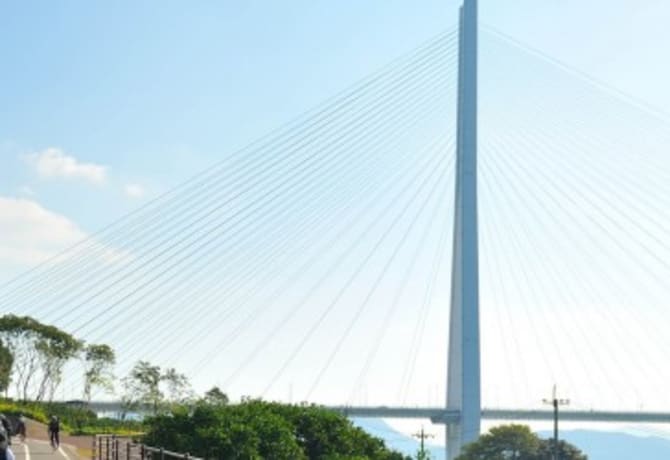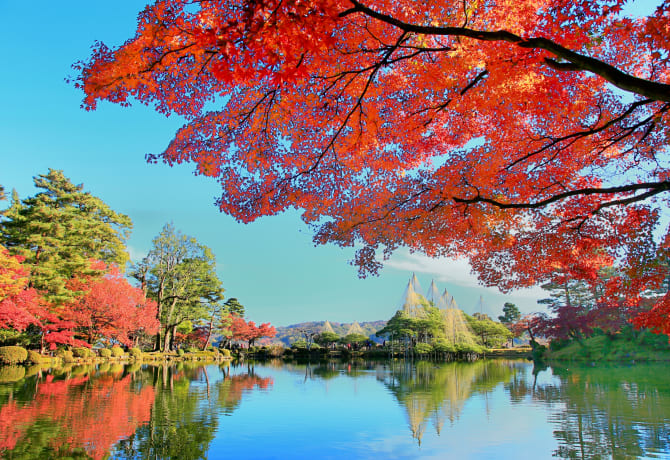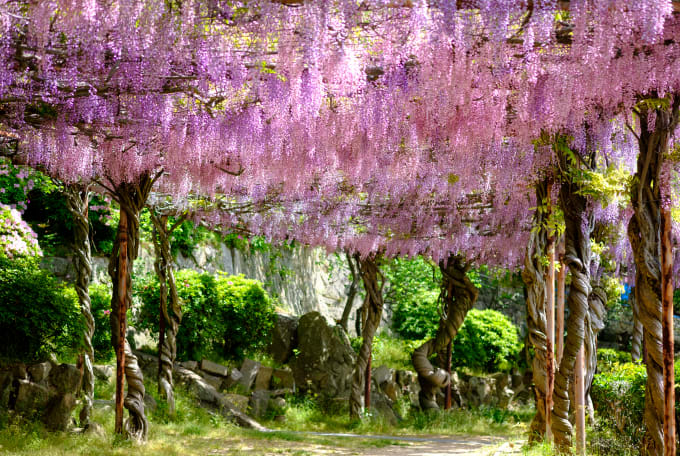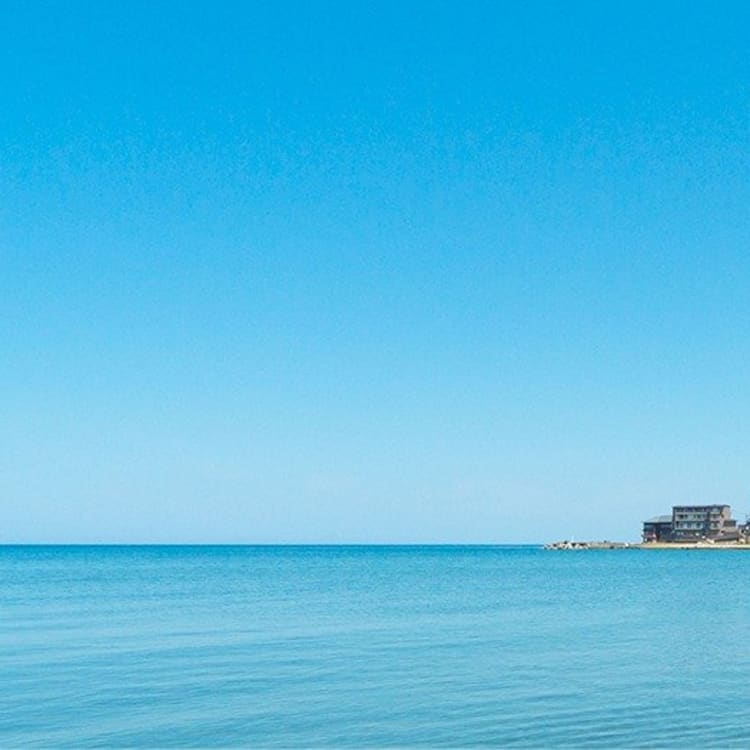
Shikoku Adventures
Shikoku Adventures
The 12-day Shikoku itinerary takes you through one of the most diverse and interesting major islands of Japan. It starts out cycling, then progresses through canoeing, rafting and hiking to shrines, rustic towns, high-altitude natural wonders and beautiful canyons – winding up on the stunning art island Naoshima.
Art, nature, contemporary and ancient culture all coexist in Shikoku; it’s home to some of the most sacred sites of Buddhism and Shinto, as well as some landscapes unlike any other in Japan or the world. Immerse yourself!
Highlights
- Nametoko Gorge
- Iya Valley
- Naoshima Art Island
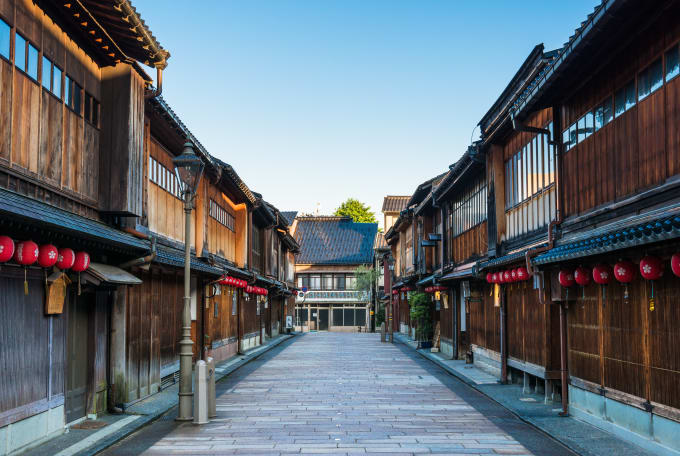
One of the inspirations of Spirited Away, this famous bathhouse is divided into Baths of the Gods and the Spirits – and was a favourite of the Imperial family.
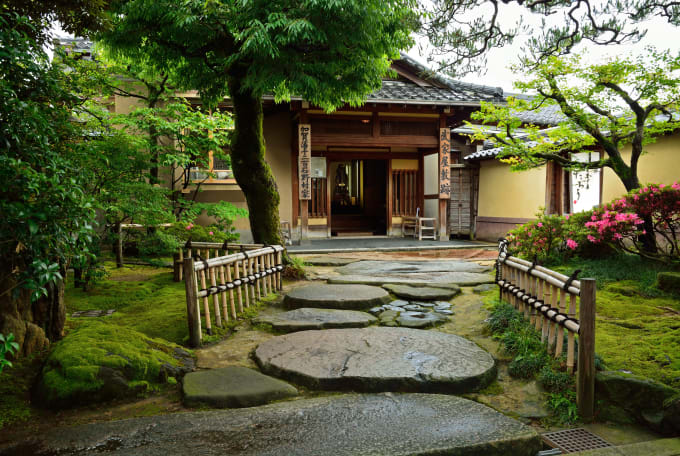
Modelled after the original steam trains that used to run on the Iyo Railway, this train instantly conjures up the world of Natsume Soseki’s literary gem.

A 600-metre-long street full of antique merchant houses and shops, this wondrous historical district instantly conjures Uchiko’s prosperous past.

The home of a prestigious wax producing family, Kamihaga Residence complex consists of a Meiji-era home and a fascinating museum about waxmaking.

Learn the history of Sakamoto Ryoma, the samurai-turned-politician who helped to overthrow the Tokugawa shogunate in the 19th Century.

Nearby, Katsurahama is a very pleasant beach with iconic white waves and green palms. Swimming is forbidden but there’s plenty to enjoy in the area.

Built by samurai over 800 years ago, this bridge was built out of vines so that it could be easily cut down – the result is a thrilling way to cross the gorge.

Meaning ‘House of the Flute’, Chiiori is the serene and timeless home to the Chiiori Trust – a foundation to revitalise the Iya Valley and preserve its population.





























































